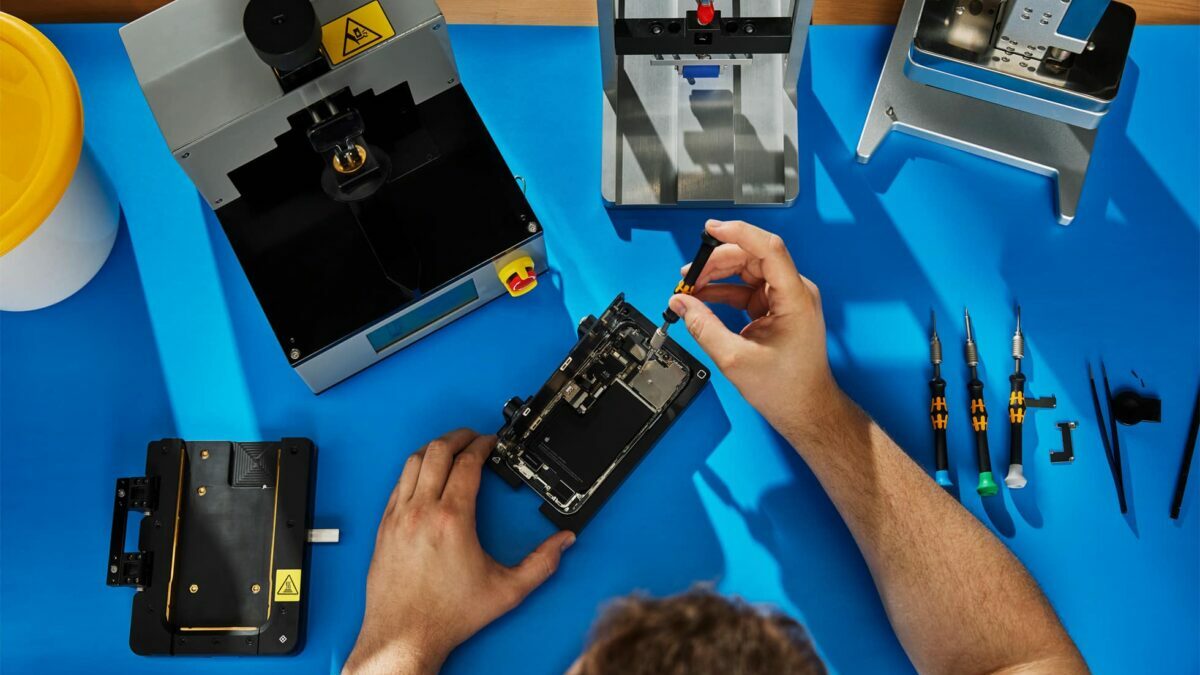Apple has announced the expansion of its Self Service Repair program, officially named “Apple Diagnostics for Self Service Repair,” to 32 European countries, including the UK, Germany, France, and the Netherlands. The program supports iPhones, Macs, and Studio Displays, offering users the ability to diagnose and repair their devices using the same tools and methods as Apple Authorized Service Providers and Independent Repair Providers.

Apple Diagnostics for Self Service Repair allows users to test their devices for optimal parts functionality and performance. It can scan for issues related to display, camera, Face ID, software integration, and audio output, and identify which parts may need repair. This tool is part of Apple’s broader strategy to support self-servicing, potentially in response to increasing regulatory pressures and the right-to-repair movement.
The diagnostics tool requires a second Apple device to function, with both devices needing to run iOS 17 or later or macOS Sonoma 14.1 or later. Beta software versions are not supported. Users initiate the diagnostic process from a secondary device, which puts the primary device into Diagnostics mode, guiding them through on-screen prompts.
Since its inception in the US, the Self Service Repair program has expanded to support 42 Apple products, including the latest MacBook Air models powered by the M3 chip. With the recent expansion to Europe, the program is now available in 33 countries and 24 languages. Canada is set to join this list in 2025, marking Apple’s commitment to making self-repair options more globally accessible.

Apple’s recent white paper, titled “Longevity by Design,” outlines the company’s approach to balancing durability and repairability. The paper highlights that while repairability is crucial, designing long-lasting products is equally important for sustainability. Apple argues that the ideal scenario is one where repairs are rarely needed, emphasizing that the best repair is the one that never occurs.
This philosophy is reflected in Apple’s design decisions, such as making frequently repaired components like displays and batteries more accessible for repairs, while other less commonly repaired parts are designed to be more durable, reducing the overall need for repairs.
The expansion of Apple’s self-service repair program has received mixed reactions. While it offers greater flexibility and autonomy to users and unlicensed repair shops, critics have pointed out issues like parts pairing, where specific first-party components are required for a device to function correctly. This policy has been a point of contention among repairability advocates, such as iFixit, which downgraded the iPhone 14’s repairability score due to this practice.
Despite these criticisms, Apple’s move towards greater repairability and user autonomy is seen as a positive step in the right direction. The company’s efforts to extend product lifespan through user repair options align with broader sustainability goals and respond to the growing right-to-repair movement.



